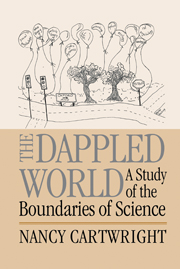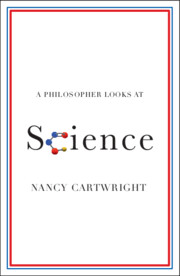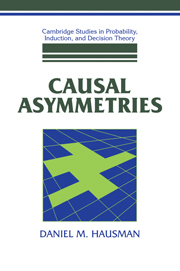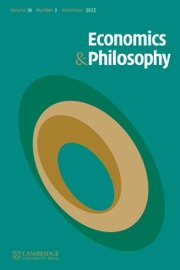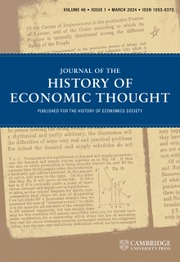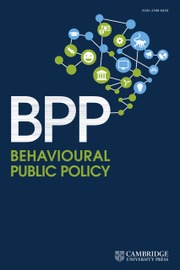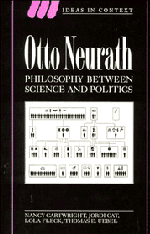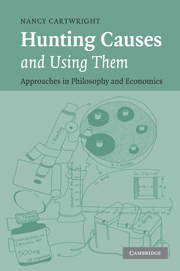The Dappled World
It is often supposed that the spectacular successes of our modern mathematical sciences support a lofty vision of a world completely ordered by one single elegant theory. In this book Nancy Cartwright argues to the contrary. When we draw our image of the world from the way modern science works - as empiricism teaches us we should - we end up with a world where some features are precisely ordered, others are given to rough regularity and still others behave in their own diverse ways. This patchwork makes sense when we realise that laws are very special productions of nature, requiring very special arrangements for their generation. Combining classic and newly written essays on physics and economics, The Dappled World carries important philosophical consequences and offers serious lessons for both the natural and the social sciences.
- Cartwright is one of the most distinguished philosophers of science writing today
- Style is philosophical, but not technical
- Of interest to philosophers of the natural and social sciences and also to general philosophers
Reviews & endorsements
"Cartwright's book provides an account of science that does well to bring matters related to scientific practice into the philosophy of science." Review of Metaphysics
"The Dappled World is Nancy Cartwright's latest and...best exposition of an approach to philosophy of science she has been developing for two decades." Ronald N. Giere, Philosophy of Science
"The Dappled World offers an inspiring picture of the nature of reality, and stimulating advice on how to interpret scientific theories....Fans of Cartwright's earlier books will find some of theri major themes further elucidated here." Philosophy and Phenomenological Research
Product details
October 1999Hardback
9780521643368
260 pages
236 × 156 × 22 mm
0.54kg
Available
Table of Contents
- Introduction
- Part I. Where Do Laws of Nature Come From?:
- 1. Fundamentalism versus the patchwork of laws
- 2. Fables and models
- 3. Nomological machines and the laws they produce
- Part II. Laws and their Limits:
- 4. Aristotelian natures and the modern experimental method
- 5. Causal diversity, causal stability
- 6. Ceteris paribus laws and the socio-economic machines
- 7. Probability machines: chance set-ups and economic models
- Part III. The Boundaries of Quantum and Classical Physics and the Territories they Share:
- 8. How bridge principles set the domain of quantum theory
- 9. How quantum and classical theories relate.

